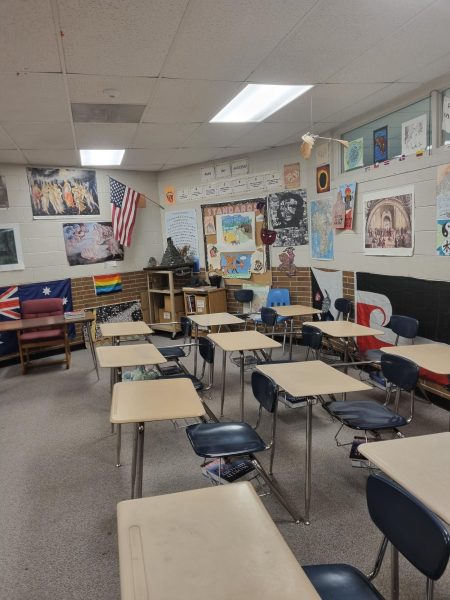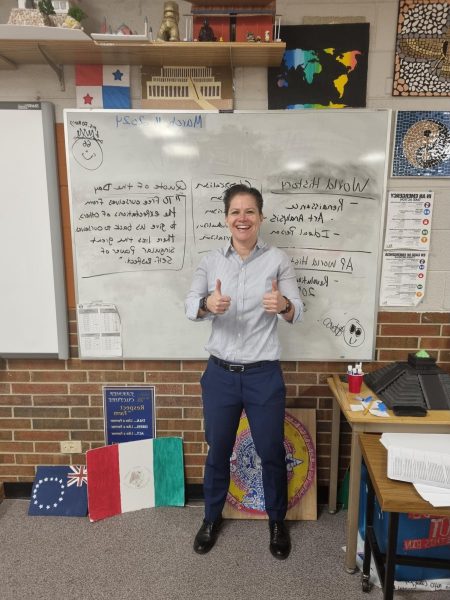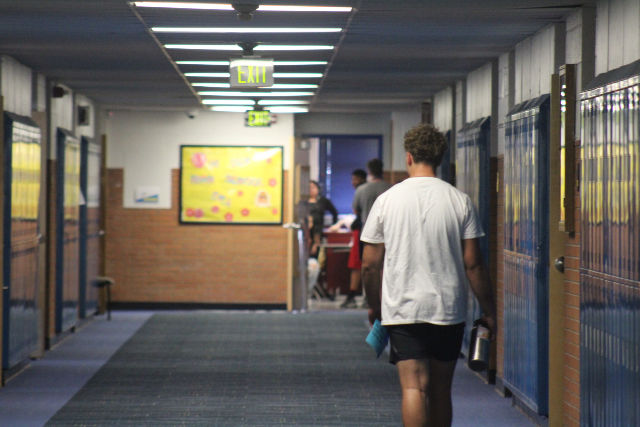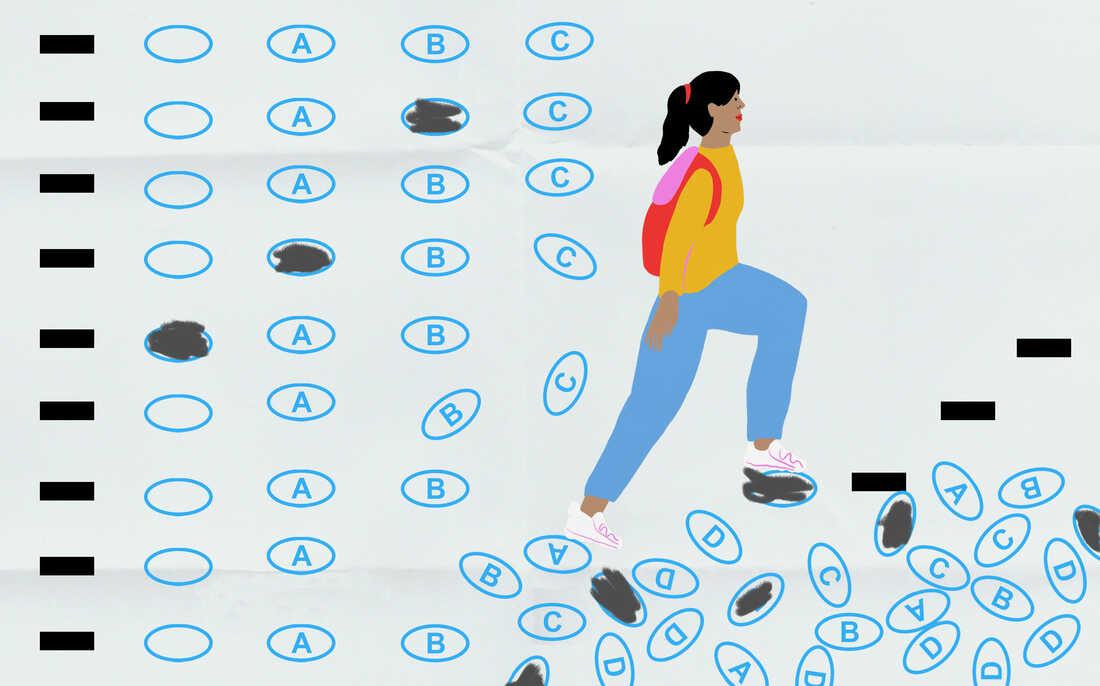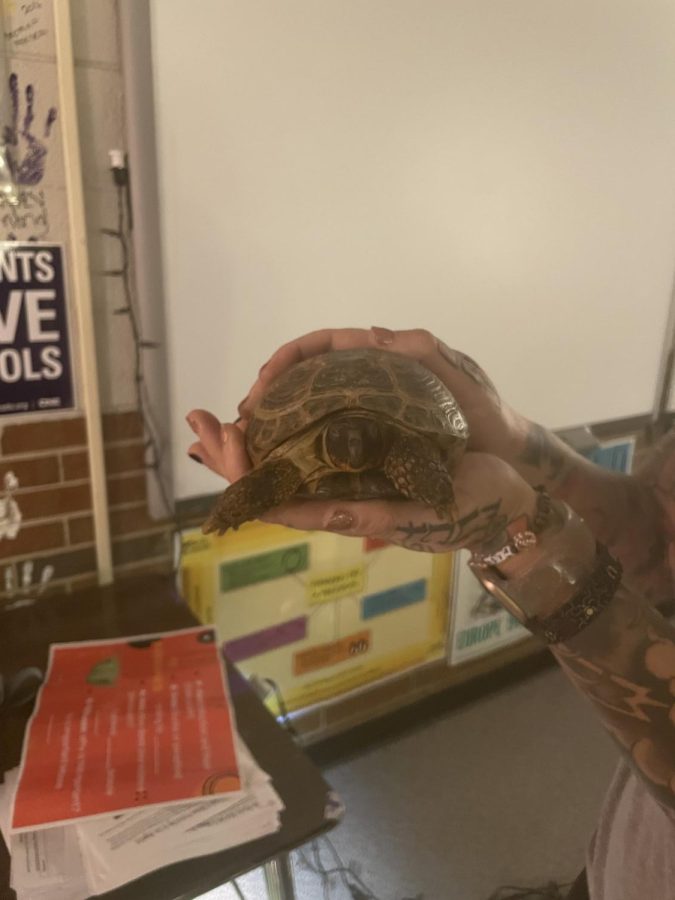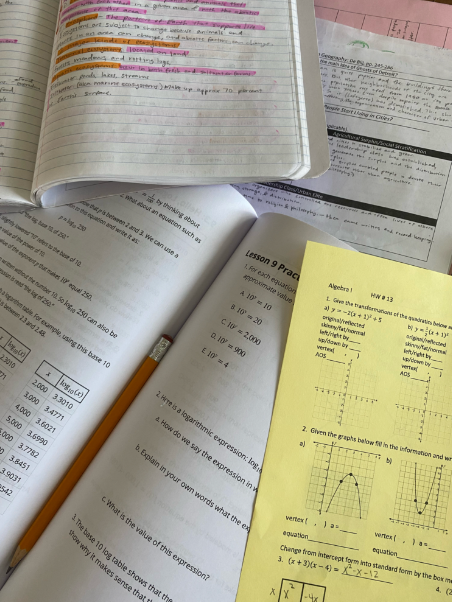You all are used to the school system that you are currently in and that you have been participating in for years. But have you ever been curious what school looks like abroad? In a foreign country thousands of miles away? In this article, there will be a comparison of the German school system with the American one, and you may be surprised at how different it actually is.
Schooling in Germany
First of all, schooling in Germany can differ depending on the state and the region. In the following section, you will learn more about the school system in the southern state of Bavaria.
Elementary school
After kindergarten, which is voluntary, every pupil normally starts at the elementary school (Grundschule) at the age of six or seven, at the latest.
Here, kids are taught basic knowledge that every person is expected to know: i.e., reading, writing, calculating, local history, etc.
However, general things such as arts, religion, physical and musical education are also normally included in the schedule.
Typically once or twice a week, you also have English classes. From my experience, most elementary schools decide how much English they want to teach individually.
In elementary school, one teacher usually teaches several subjects, meaning you could likely have the same teacher for German, math, music, and even local history.
At the end of year four, students attend either of the following three schools:
- Gymnasium (That ain’t the gym, my American buddies!)
- Realschule
- Mittelschule
Grading
Personally, I received my first academic grade in year two. In Germany, we do not use letters but numbers (1-6). “1” stands for “very good,” and “6” for “not sufficient.”
At the end of elementary school, students need a particular average grade in German, math, and local history to go to a specific further school. For the Gymnasium, for instance, this would be an average grade of at least Ø2.33, while for the Realschule, an average score of at least Ø2.66 is required.
Teaching in the Gymnasium
Unlike in the U.S., teachers in Germany do not have their own rooms but rather change rooms every class period. Since students do not choose only certain subjects but are required to study almost everything that the school offers, they usually change classrooms altogether or stay in “their own” assigned room every period of the day.
Most of the time, sciences – like Chemistry or Physics – have their own section in the school building, while the lectures for languages, math, or social studies tend to be held in a class’s “default room.”
In addition, in Bavaria, it is mandatory for teachers of a Gymnasium or Realschule to teach at least two different subjects. Common combinations are, for example, English-German, math-physics, biology-chemistry, German-history, etc.
Some teachers also choose to teach more than two subjects.
Schedule
Since students in Germany are required to study up to 14 different subjects every single year, the schedule can look slightly strange if you are not used to it.
Some subjects only take place once or twice a week (for instance, music, religion, geography, etc.), while others, that are found to be “more important” (for example, languages, math, or, if you choose so, certain sciences), are present on the schedule more frequently.
In comparison, American high school students are only supposed to pick up to 7 classes a semester, which you will have almost every day.
A class period in the U.S. lasts 55 minutes, while only 45 in Germany.
Tests and Quizzes
In Germany, tests and quizzes are usually not announced; students are typically only informed beforehand about exams with a higher grade value. In addition, tests can not be retaken but will go in the grade book the way they are.
Teachers also create “oral quizzes” at the beginning of each class, meaning they pick a random student and ask them questions about the topic covered in the previous class. Any tests are graded on accuracy, not completion.
Besides that, homework is usually not graded but only serves as a chance for students to practice their materials.
Clubs and after-school activities
Unfortunately, my experience in German schools is that clubs and after-school activities are widely neglected. While German schools have occasional after-school courses, American high schools offer a gigantic selection of sports or clubs where students can socialize and participate in activities with other people.
Sports – especially team sports such as American football, basketball, or baseball – are way more important in the U.S. than in Germany. Also the same is true regarding competitions with other high schools.
My personal school
The school in Germany that I attend is called “Gymnasium Zwiesel.” It is a high school located in the Bavarian Forest (in the southern part of Germany).
Personally, I have always enjoyed going to school there since both the environment and the ambiance have always been pleasant and supportive.
The school does offer some sports programs – and even if it is not comparable with the average American high school, there are some chances for active students to fill their afternoon.
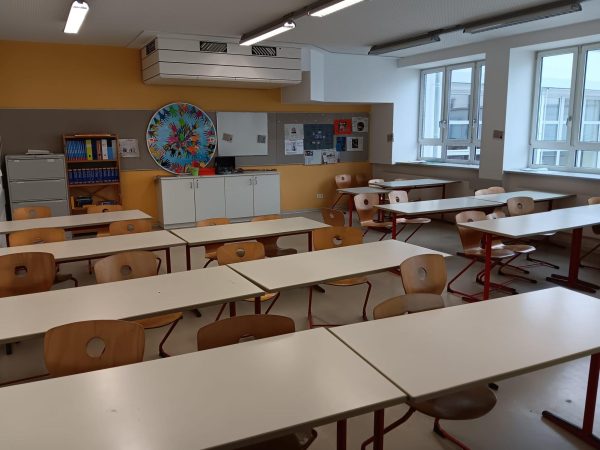

Schooling in America
While each state will have its own variations of different systems, all of the schooling is generally similar. Moving forward, the schooling in Wheat Ridge, Colorado, will be covered. This experience ranges from preschool, to k-12. Although, preschool and kindergarten are not mandatory, with the exception of 19 states in which it is. Starting from around the age of 4, children begin their education in preschool.
Elementary school
After preschool, the child spends one year in a community with other young kids, being introduced to behavior and social skills. Starting around the age of five, the children begin their official learning with kindergarten, and moving on from there, they pursue their way up to 5th grade. Overall during this time, the core classes the students are expected to be focusing on are social studies, reading, writing, and mathematics.
Each student also attends extra classes focusing on music, art, and P.E. (physical education – gym). Besides these “extra” classes, the core classes are all taught by one homeroom teacher until 5th grade. When I started in 5th grade, I began to have different teachers for each core class, which helped normalize the system in middle school.
Middle school – Junior High
Starting in 6th grade and ending in 8th grade, students attend middle school (also known as Junior High). Originally, 6th grade was still included in elementary school, but the year I began 6th grade is when this change was made. During this time, we now have a different teacher for every class we take. These teachers typically only teach one subject – maybe two (for more, see the “Teachers and relationships with students” section below). The students are now allowed to venture out and make their own decisions for the elective classes they take.
The music and art classes are also no longer expected as they were in elementary school. With the exception of P.E., this class was required only once within the three years. The elective options generally range from subjects such as extra language classes, to musical arts such as band/orchestra and theater, photography, engineering, etc. Each student takes around 7 total classes per semester, and we have two semesters per year. Semester 1 is from mid-August, mid-August, and mid-December, semester 2 is from January to the end of May. Besides the core classes, when switching to the second semester, you may have different elective classes. The same schedule ties in with high school.
High school
Starting in the 9th grade, students are expected to begin high school. Unlike middle and elementary school, the grades are identified by four different names going in order from 9th to 12th grade: Freshman, sophomore, junior, and senior. The system is generally the same as middle school, at a higher level and with more freedom. In middle school, I was not allowed to carry around my backpack and strictly had to use a locker to store my belongings, whereas in high school, I only used a backpack.
We are now all allowed to leave campus for lunch as well. These four years are the last stand years of school until one chooses to go off independently and attend college.
Grading
Instead of using numbers to determine our grades, we use letters going from best to worst: A, B, C, D, F (E does not exist). Report cards are not as standard for us because we have quick access to our grades digitally – through Infinite Campus (I can only speak for my school district. Each state may use different websites to access the grades, and report cards may be used more as well).
Within Infinite Campus, we get constant updates on our grades, keeping track of everything. Almost every single assignment we receive is for a grade and will affect our overall grade – whether it’s practice for a test or not. While everything gets a grade, things such as tests and quizzes weigh out our grades more than, for example, homework assignments or worksheets.
Clubs and Sports
Starting in middle school and especially in high school, extracurricular activities such as sports and clubs may become more prominent in the students’ lives. Some of the activities that students may voluntarily join are book club, chess club, sources of strength, speech and debate, newspaper club, outdoor lab, Spanish club, etc. While a few of these could be done during school hours, some may be out of the school hours to be attended in one’s free time. High schools take great pride in their sports programs, with American Football being a particularly huge and competitive sport among them. For example, during school football games, many students go to support their school and cheer for the team. Some other sports included as an option are soccer, baseball/softball, tennis, golfing, volleyball, basketball, and swimming. The schools go up against each other to compete in games, making this a fun and competitive thing.
Teachers and their relationships with students
Unlike Germany, teachers in the U.S. are mostly focused on only one subject. For instance, a Spanish teacher would only teach Spanish, and an English teacher would only teach English. It is possible that the English teacher, for example, is also the swim coach, but teaching academic subjects is concentrated on only one section.
Because of that, American teachers have their own classrooms, which they are free to decorate themselves (more or less however they want).
Many people also argue that the personal relationship between teachers and students is more familiar than in Germany since teachers tend to care more about their students on a personal level. They are seen not only as merciless proofreaders but also as educators who chat with their students about personal matters.
